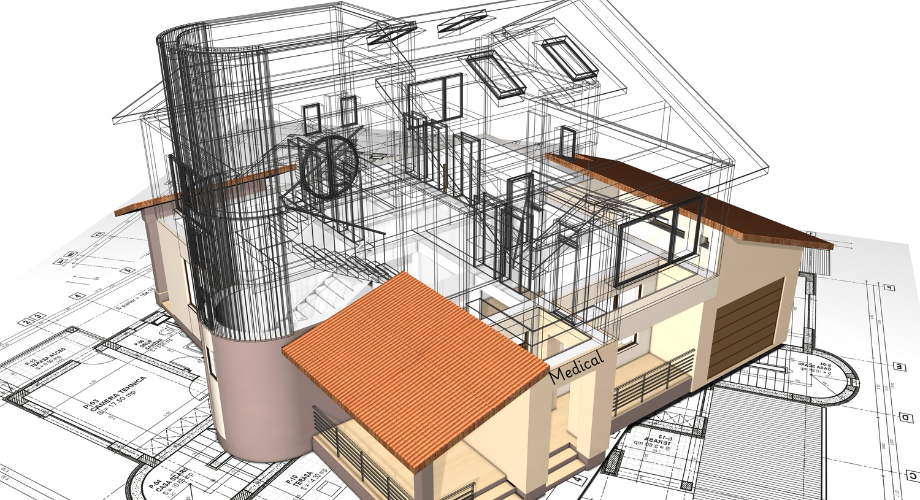
The architecture of veterinary and medical facilities is changing. Today, these spaces are designed not only for functionality but also to promote wellness for patients, staff, and visitors. The integration of modern design trends, such as biophilic design, flexible layouts, and technological advancements, is reshaping how these facilities operate. These innovations go beyond aesthetics, offering benefits in patient care, efficiency, and overall experience.
Biophilic Design for Wellness
One of the most impactful trends in design is the incorporation of biophilic elements. Biophilic design emphasizes a connection to nature through features like natural light, indoor plants, and organic materials. Placing large windows or skylights in treatment rooms allows natural light to flood in, creating a calming environment for patients and reducing stress for staff. They also put greenery in waiting areas to add a touch of tranquility, making spaces feel less clinical and more welcoming.
These natural elements aren’t just visual upgrades, they have proven health benefits. Studies show that access to natural light can regulate circadian rhythms, boost mood, and even aid recovery rates. Green spaces within facilities also help purify air and offer mental health benefits, creating a more holistic healing environment for all.
Flexible Layouts for Versatility
Veterinary and medical facilities require adaptable spaces to meet diverse needs. This has led to a shift towards flexible layouts. For example, multi-functional treatment rooms can be easily reconfigured for various purposes of consultations, procedures, or recovery—without requiring entirely separate spaces. This adaptability not only increases efficiency but also lowers construction costs.
Another aspect of the flexible design is modular furniture. Lightweight, mobile equipment allows staff to quickly rearrange spaces, adapting them for specific tasks or patient needs. This versatility is especially important in veterinary practices, where different species may require distinct care settings.
Integration of Advanced Technology
From seamless digital intake systems to state-of-the-art treatment tools, technology plays a critical role in modern facility design. Smart building systems, such as automated lighting and temperature controls, optimize energy efficiency while ensuring comfort for occupants. Touchless faucets, doors, and dispensers, especially relevant in medical spaces, maintain hygiene and safety standards.
Additionally, telemedicine-ready rooms are becoming a fixture in both veterinary and medical facilities. These are equipped with innovative technology to facilitate virtual consultations, saving time and providing convenience for both staff and patients. The inclusion of these advancements in architectural planning and future-proof facilities prepares them to adapt to emerging industry standards.
Enhancing Patient and Staff Experience
Above all, these design trends focus on enhancing the experience for patients and staff alike. For patients, a thoughtfully designed space with soothing colors, natural light, and comfortable seating aids in stress reduction. For staff, ergonomic workstations and thoughtful layouts that minimize the need for excessive movement ensure a streamlined workflow, improving efficiency and reducing fatigue.
Take, for example, the layout of a centralized nurse’s station in medical facilities. This design ensures quick accessibility to multiple treatment rooms while allowing for better collaboration between team members. Similarly, thoughtful storage solutions reduce clutter, making the environment appear more organized and professional.
Looking Ahead
The future of veterinary and medical facility design is bright. By integrating elements like biophilic design, flexible environments, and technology-driven solutions, architects are redefining these spaces to be more functional, efficient, and patient-centric. These trends not only meet the immediate needs of today but also create healing environments that foster wellness at every turn.
Whether it’s through the gentle touch of sunlight streaming into a recovery room or a treatment room that adapts seamlessly to new technology, modern designs are transforming healthcare spaces into places of wellness, care, and innovation.